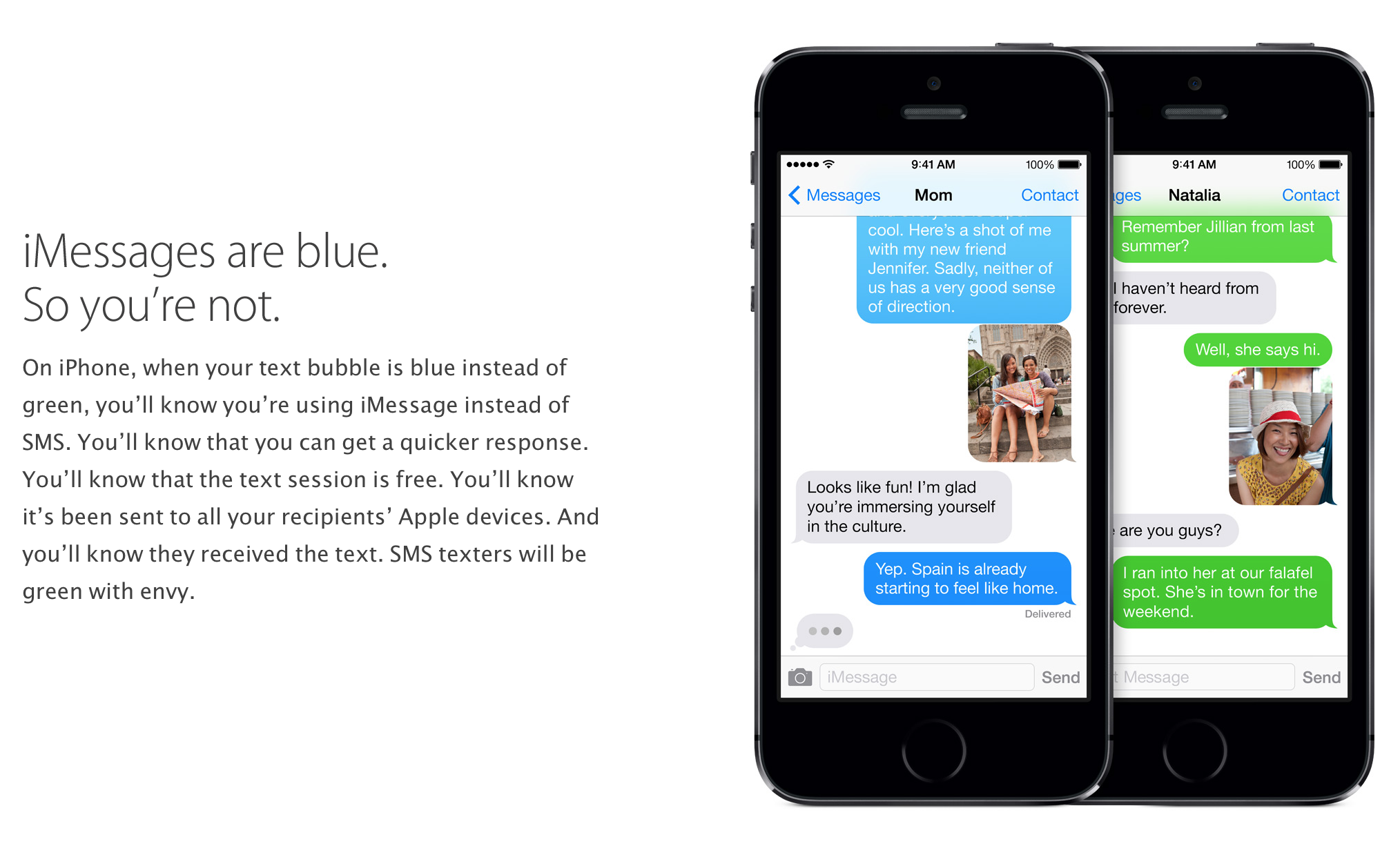When 2022 dawned, there were a few things we knew we would be writing about: The global pandemic, whatever cool things Apple and Google did, rocket launches, and cool artificial intelligence stuff. But every year offers surprises, and 2022 was no exception.
Yes, we figured there would be plenty of articles about Elon Musk on Ars Technica this year. After all, he runs SpaceX and Tesla, two companies we frequently cover. But if someone told me Musk would become "Chief Twit" and end up all over the front page of Ars due to his impulse purchase of Twitter and the... interesting decisions he's made since taking control of the company, I would've asked them to pass the dutchie on the left-hand side.
2022 has been a long, strange trip. And it's almost over.
So let's look back at what you, our readers, found the most fascinating on Ars this year.
20. Google’s past failures were on full display at I/O 2022
Google is arguably known for three things: absolutely dominating the Internet advertising market, absolutely dominating the Internet browser market, and absolutely dominating the killing-your-own-products market. At Google I/O 2022, the company decided to engage in a bit of device necromancy. Case in point: Android tablets.
The pinnacle of Google's Android tablet development was in 2011, when we saw the release of Android 3.0 Honeycomb. I'll let Ron Amadeo take it from here:
"[E]very subsequent Android release and Google app update watered down the tablet interface until it disappeared. App developers took Google's neglect as a sign that they should stop making Android tablets, too, and the ecosystem fell apart.
"After the 2015 Pixel C release, Google quit the tablet market for three years, then launched the Pixel Slate Chrome-OS tablet. It then quit the tablet market for another three years. Now it's back. Will the company's new plans produce another one-year wonder like the Pixel Slate?"











 Loading comments...
Loading comments...
